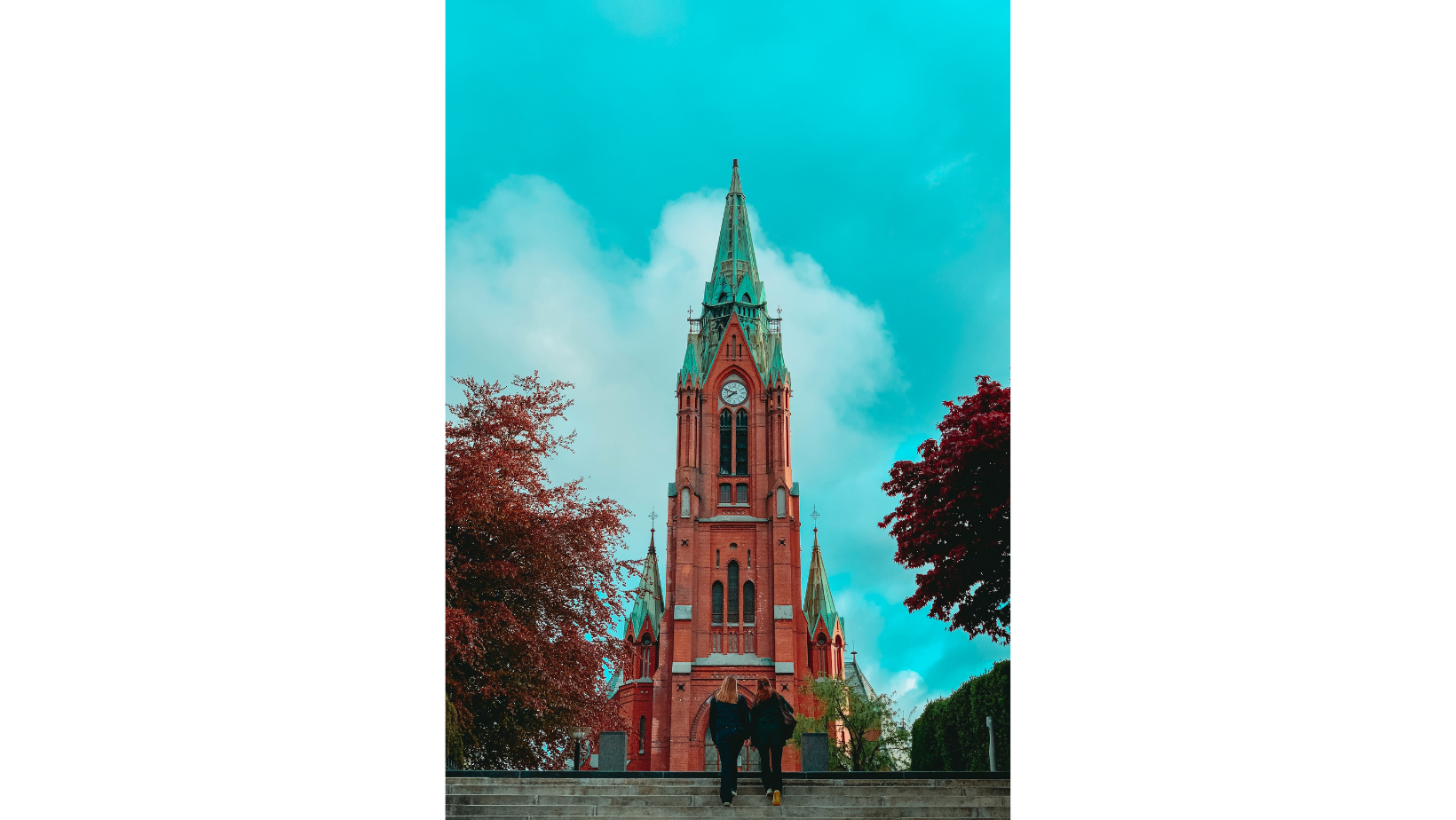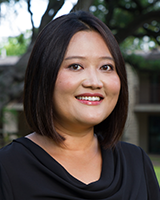We’re a long way from Palm Sunday in the church year. Nonetheless, listen to this text from Matthew’s Gospel. I think it’s got something to tell us and ask us today:
A very large crowd spread their cloaks on the road, and others cut branches from the trees and spread them on the road. The crowds that went ahead of him and that followed were shouting,
“Hosanna to the Son of David!
Blessed is the one who comes in the name of the Lord!
Hosanna in the highest heaven!” (Matthew 20:8–9)
Every time I read this Gospel passage about Jesus’s triumphant entry into Jerusalem on what we Christians now call Palm Sunday, I think about how the Gospel writers, especially someone deeply rooted in Jewish traditions and customs like the writer of Matthew—might have felt writing this particular story.
Presumably such writers remembered the days when Jerusalem stood tall. Some of them might have walked in the temple along with others who knew Jesus’s story well. But now, Jerusalem is gone. Many such writers and their peers no doubt still recalled the day when the Roman army arrived, occupied the temple, and eventually destroyed it. Many of those writers were living in the aftermath of this tragic event.
When such persons wrote about Jesus’s triumphant entry into Jerusalem, what did they feel? How did their recollections of the beloved place become a formative experience for their faith in the coming of the risen Christ?
I think that in retelling the story of Jesus entering Jerusalem those believers probably imagined themselves reentering the temple. And for them this imagined reentry was a proclamation, a way of saying: We will prevail over this catastrophe and reenter a new Jerusalem some day! We will walk the road that Jesus triumphantly walked, and some day we will again shout “Hosanna in the highest” as we await the coming of the risen Christ!
Certainly, such recollections must have been exciting. But I think there was more to it than that. I think for these early Christian writers, the story of Jesus’s entry is a message of hope and solidarity that they can move forward to re-enter the place where Christ overcame the power of death, the place where they will stand in solidarity and in company with each other, the place where they will rebuild and where new life will replace their current despair and loss.
How did you feel when we finally made our reentry into our beloved places after such a long pandemic-induced wait? It was thrilling, wasn’t it, to be with each other in person again for classes, meals, and chapel?
Yet I’m surely not alone in noticing that our anxiety and distress, at both the individual and the communal levels, have not been named or resolved. I’m surely not alone in noticing that the pandemic has left social and political divides that are deeper than ever. We are surely feeling more than excitement.
I hope we can sympathize with some of the early Christians, like the author of Matthew’s Gospel, who envisaged their own reentry to the temple as a proclamation. What are we proclaiming in and through our steps, big and small, that are making reentry happen and continue?
Our re-entry must tell a story, a message of hope and solidarity that we will persevere together, build bridges, and restore our community as we move, slowly but surely, from this time of dread, loss, and confusion.
If our re-entry tells such a story, then our campus, churches, and schools are not simply buildings that we reenter: they are sacred places where we heal and help one another taste an unquenchable hope in God’s grace. They are places where we stand and work together for equity and inclusion, places where we experience new life and let it flow to every corner of our society. Our reentry must be a proclamation.
What are you re-entering and what are you proclaiming today?
This fall, Sowing Holy Questions reflects on pandemic re-entry, with emphasis on the theological, equity, and/or mental health ramifications of living in these times.




One Response
Greeting’s Dr. Park,
What Annual Conference are you with ?
I’m a retired Elder from the Central Texas Conference under appointment… and completed at Southwest a Deploma of Theological Studies (2016).
Enjoyed reading your thoughts on “A New Jerusalem “ as a return to “Sacared Places”.